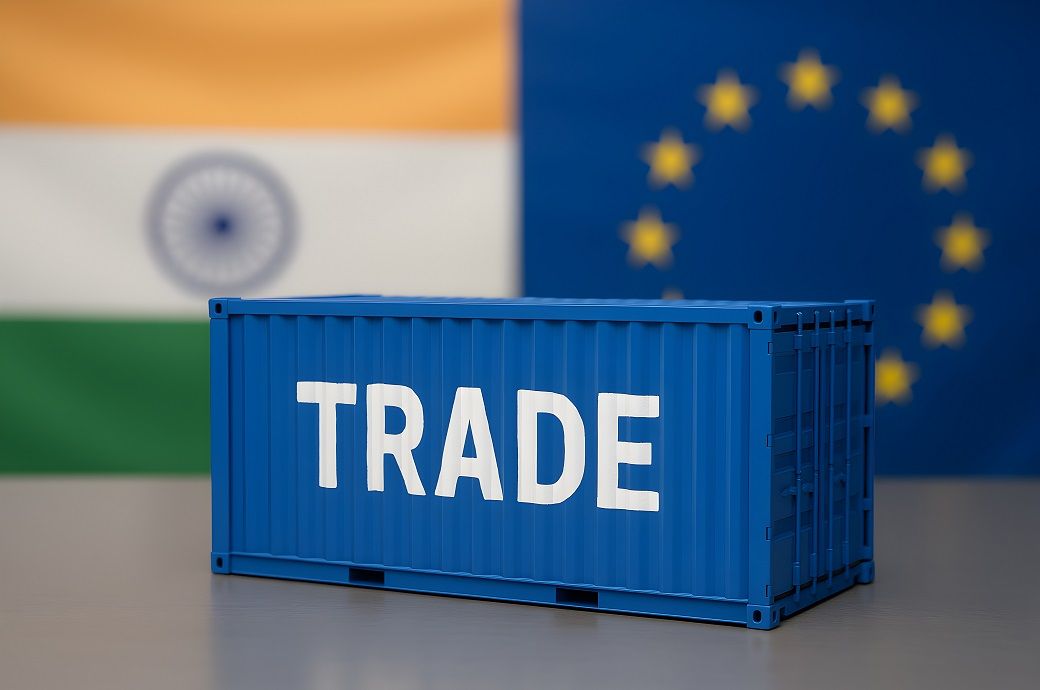
The current executive order for ** per cent reciprocal tariffs on Indian exports to the US, coupled with mounting demands on India to cut Russian imports, slash agricultural duties and liberalise digital and pharmaceutical markets, have triggered a strategic recalibration of India’s global trade strategy.
India has firmly resisted these demands, citing its longstanding strategic ties with Russia and the imperative to safeguard domestic economic priorities. Further signalling a pivot away from costly US defence deals, India declined America’s offer to purchase F-** stealth fighter jets—reinforcing its preference for joint development and indigenous production under the ‘Make in India’ initiative.
Receive daily prices and market insights straight to your inbox. Subscribe to AlchemPro Weekly!